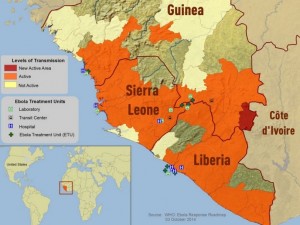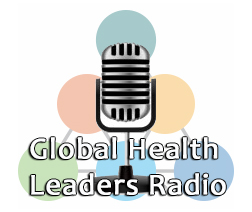Health Systems Strengthening should be the main goal of any project or reform effort, but it needs structure and direction.
In March 1991, I arrived in Port Moresby, Papua New Guinea (PNG) to teach Epidemiology, Biostatistics, and Community Medicine at the Medical Faculty of the University of Papua New Guinea. The first thing I did was to learn all I could about the health system I had only read about. I asked a lot of questions from those that actually ran the health system: how it was organized and who did what, and how, and where, and when. From my medical training, I knew that structure determines function so I became fascinated by how PNG’s health system pyramid was built; from aid posts to health centers, from district to provincial and national hospitals.
I lived in PNG for 4 years and the more I learned, the more I loved the people and the country and its health system. Throughout my 25 plus years of professional work, I have learned to love other countries and peoples as well, but what I still love the most about PNG is how well each part of the pyramidal health system is well defined as well as the health programs that make it work. 1991 was also the first time I saw a country’s written health policy in a ten-year plan with its programs well spelled out.
I was even more impressed when I was in charge of conducting the mid-term evaluation of the plan. Yes, there were and there still are problems to implement all programs through the system. Which health system does not have problems? That is why health reform is a continuous process and public health experts like me are busy. Now there is much confusion in global health about health systems and programs (MCH, RH, HIV/AIDS, etc.). Health Systems Strengthening is seen as cross-cutting global health area when in fact, as I learned in 1991, it is the main goal of any project and health reform effort.
It works like this: A health system has a pyramidal structure to deliver health services to the people through a well-defined network of public and private providers as well as NGOs, including faith-based organizations and civil society organizations at primary or community, secondary and tertiary levels. The health system’s structure determines how well the health facilities and providers function through a number of vertical programs that direct the delivery of health services to meet community health needs.
The job of global health projects and initiatives is to help countries improve the structure and organization of the health system so they can function better and implement health programs better.
Please comment below or share your thoughts on Facebook and Linked-In about ways to improve global health so it can really improve the structure and organization of health systems and achieve sustainable programs.
Stay in touch with RGH through our weekly email updates, or our weekly video series.
Click below to sign up:





